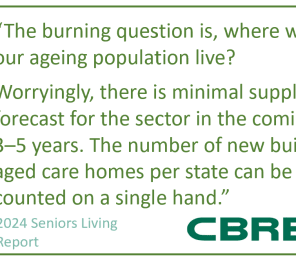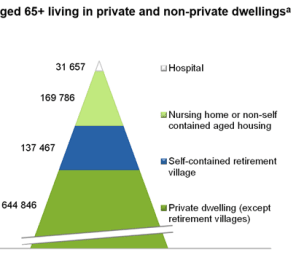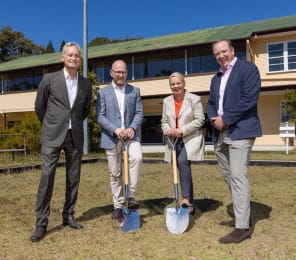With the Federal Election now set down for 21 May, aged care is once more in the spotlight – but the debate about how the sector should be funded into the future has just begun.
Labor put the Coalition on the back foot when it made aged care the focus of its Budget reply, pledging $2.5 billion for five key measures including increasing the mandated direct care minute requirement to 215 minutes and 24/7 Registered Nurse coverage from mid-2023.
The Morrison Government now appears to be pushing back, releasing the details of the long-awaited shadow assessments for its Australian National Aged Care Classification (AN-ACC) funding model due to start on 1 October 2023.
These assessments will determine how much providers will receive for each residents under the new classification – with the expectation that the majority of operators will receive higher funding under AN-ACC than the ACFI arrangements.
But these measures all come at a cost.
StewartBrown’s Grant Corderoy has forecast that Labor’s measures, including a wage rise for aged care workers, will come in at closer to $18 billion over the next four years on top of the need to find an additional 10,000 nurses.
Meanwhile, industry experts are warning that the AN-ACC model will not provide long-term viability for the sector, with any short-term gains to be wiped out by inefficient rostering and increased workforce costs.
In short, while more funding will come into the sector, more will be needed to ensure long-term sustainability and deliver on the Royal Commission’s vision of dignity, respect and a quality aged care system.
The Government has an $800 billion hangover from COVID-19. Its taxpayer base is radically shrinking.
Aged care workers need wage rises to attract and retain the staff that will be required to care for future generations.
Both Scott Morrison and Anthony Albanese are on the campaign trail, eager to get their party across the line.
Post-election offers the perfect opportunity for the sector to start the conversation about how these measures can be funded – and what role the Plan B for co-contributions can play.
Read more in this week’s pre-Federal Election issue of SATURDAY – subscribe here.
Image credit: StewartBrown










